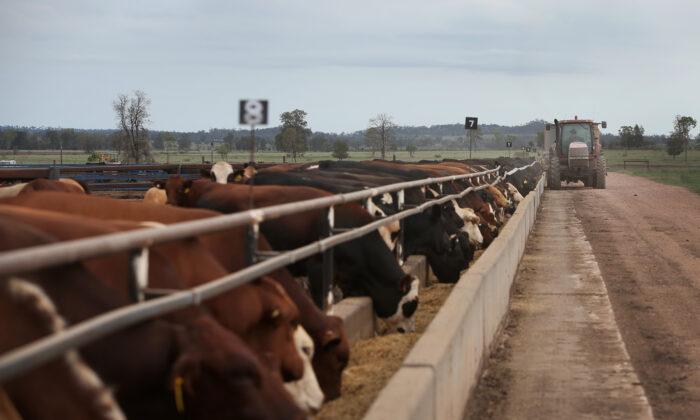Australia’s largest oil producer will proceed with a US$7.2 billion (AU$10.6 billion) project offshore Mexico that will deliver hundreds of millions of oil barrels in the next decade.
The project is located at a depth of 2,500 metres, approximately 30 kilometres south of the Mexico/US maritime border, and will be among Mexico’s first deepwater developments.
Mining giant BHP acquired a 60 percent stake in the project in 2017, which subsequently became part of Woodside’s portfolio in 2022 following its acquisition of BHP’s petroleum business.
This means the company will have to contribute around US$4.8 billion in capital expenditure.
Woodside CEO Meg O'Neill said Trion would add to the company’s portfolio of high-quality producing assets in the Gulf of Mexico.
Details of the Trion Project
Woodside estimated that Trion could produce up to 479 million barrels of oil, with two-thirds to be delivered within the decade after the project commenced operation.The company said the project’s internal rate of return would be over 16 percent, with a payback period of fewer than four years if oil prices increased about two percent a year from the 2022 average price of US$70 a barrel.
In the initial phase of the project, the joint venture is expected to drill 18 sub-sea wells above the oil reserve. Nine of these would be for oil production, seven for water injection, and two for gas injection.
The remaining six sub-sea wells would be developed in the later phase.
A floating production unit with a capacity of 100,000 barrels a day will connect to the wells, as well as a huge floating storage and offloading vessel capable of storing 950,000 barrels of oil.

Courtesy of Woodside Energy
While outlining the promising outlook of the project, O'Neill said Trion would release fewer carbon emissions than an average global deepwater oil project and would be subject to the company’s emissions reduction targets.
She also noted that oil would continue to play an important role in the transition to net zero emissions.
“Demand for oil is expected to continue across a range of climate pathways to 2050, including the net zero emissions scenario,” she told analysts.
“Under these pathways, global oil supply will not meet future demand without additional investment.”
For the project to kickstart, it still needs approval from Pemex’s board and Mexico’s National Hydrocarbons Commission, or CNH.
Harsh Criticism from Environmental Groups
Following Woodside’s announcement, several environmental groups have voiced their fierce objection.Alex Hillman, the lead analyst at the Australasian Centre for Corporate Responsibility, said Trion would lift Woodside’s emissions by 14 percent and eventually become a “carbon emissions bomb.”
Hillman also argued that Trion was not as profitable as Woodside claimed and had a lot of risks.
“Analysts have quite rightly been wary of Trion. Our analysis shows it’s a low-margin project, with a constellation of risks, several of which are new to Woodside’s portfolio,” he said.
“Today, Woodside has pulled a rabbit out of the hat by claiming the project has value. However, its plan is based on risky assumptions that will undoubtedly leave investors uneasy.”

“Woodside is showing a complete disregard for investor demands to align with global climate goals, and investors must respond by withdrawing capital from this climate-wrecking company,” Market Forces acting CEO Will van de Pol said in comments obtained by AAP.
The activist group also called on Woodside’s investors to withdraw funds from the company to derail its “climate-wrecking oil and gas expansion plans.”





